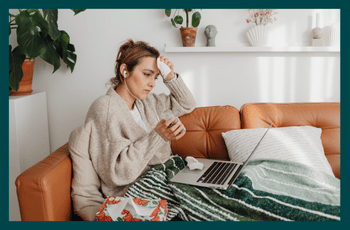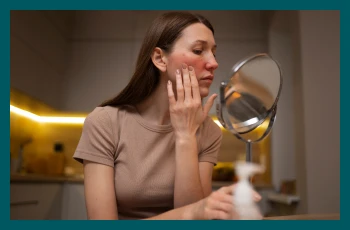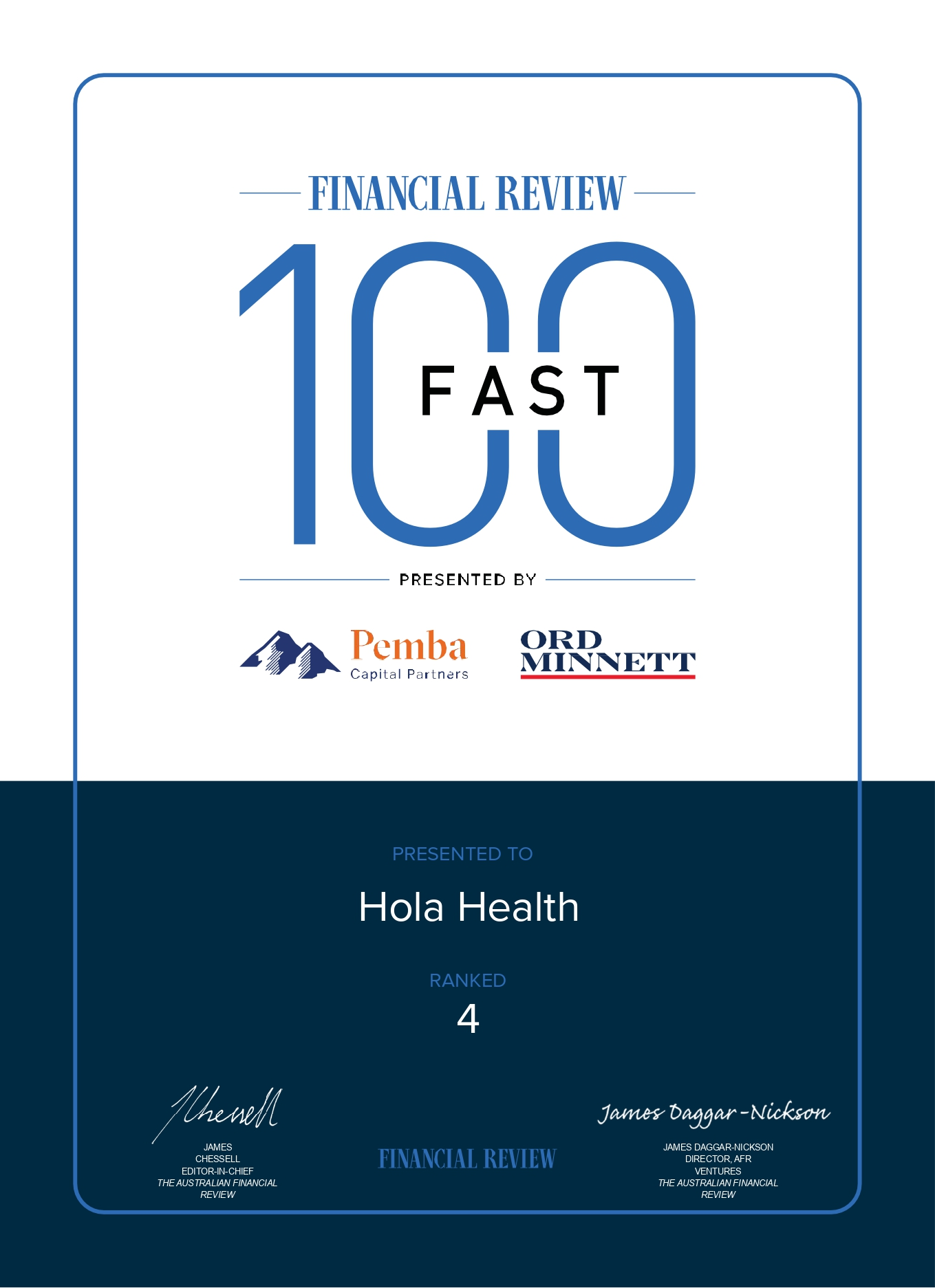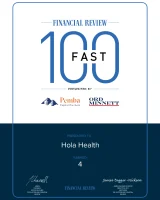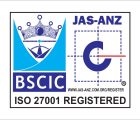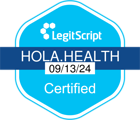Blisters Treatment
Gain access to AHPRA-accredited online doctors and discuss about your blisters within minutes from anywhere in Australia, 24/7.
About blisters
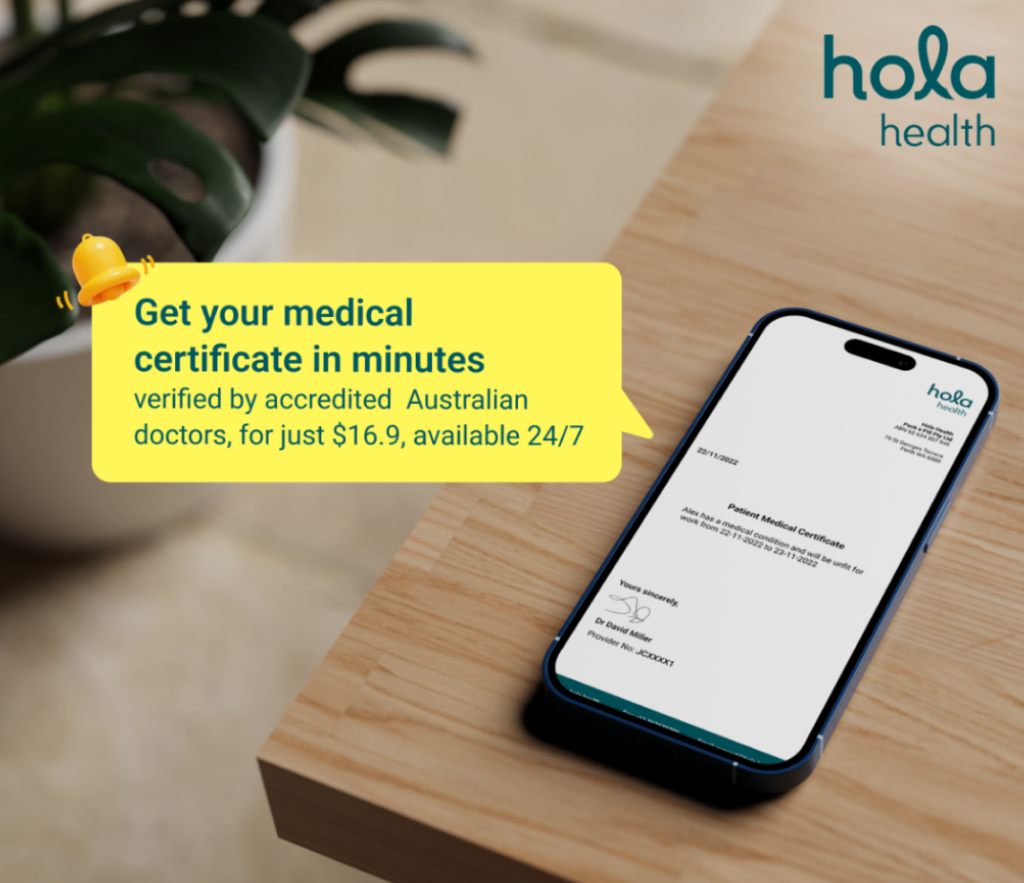
Medically reviewed by Dr. Ammar AL-ANI, MBChB, CCBST, AMC
When to see a doctor for blisters?
You should see a doctor for blisters if:
- Large blisters: If the blister is large, extremely painful, or in a location that makes it difficult to heal.
- Signs of infection: If the blister becomes red, swollen, increasingly painful, or shows signs of pus.
- Multiple blisters: If blisters are spreading rapidly or you develop many in different areas of your body, it could be a sign of a more serious condition.
- Blisters from a burn: For blisters caused by severe burns (especially third-degree).
- Unknown cause: If you’re unsure of the cause of the blisters or if they recur frequently.
- Immunocompromised individuals: People with weakened immune systems should seek medical advice for any unusual blisters.
What causes blisters?
Blisters are caused by friction, burns, or other irritations to the skin. The most common causes include:
- Friction: Repeated rubbing or pressure on the skin, such as from ill-fitting shoes, tools, or sports equipment, can cause friction blisters.
- Burns: Sunburn, hot surfaces, or scalding liquids can damage the skin, leading to fluid-filled blisters.
- Infections: Viral infections like herpes simplex (cold sores), varicella zoster (shingles or chickenpox) can cause blisters to form on the skin.
- Allergic reactions: Contact with allergens such as poison ivy or certain chemicals can lead to blistering.
- Skin conditions: Conditions like eczema, pemphigus, or bullous impetigo can cause blisters as part of their symptoms.
- Frostbite: Exposure to extreme cold can damage the skin, leading to blisters in severe cases.
- Chemical exposure: Contact with harsh chemicals, detergents, or solvents can irritate the skin and result in blister formation.
What are the symptoms of blisters?
The symptoms of blisters include:
- Fluid-filled bumps: Blisters appear as small, raised, fluid-filled sacs on the skin, often with clear or yellowish fluid inside.
- Pain: Blisters can be painful, especially if they are caused by friction or if they are in areas where pressure is applied.
- Redness and inflammation: The surrounding area may become red, swollen, and inflamed, particularly if the blister is irritated or infected.
- Itching: Some blisters, especially those caused by allergic reactions or skin conditions, may cause itching around the blistered area.
- Warmth: The area around the blister may feel warm to the touch due to inflammation or infection.
- Bursting: If a blister ruptures, it may ooze fluid, which can increase the risk of infection.
- Fever: In cases of infection, you may develop fever along with blisters, indicating a more serious condition.
How can I prevent blisters?
To prevent blisters, consider the following tips:
- Fitting shoes: Ensure your shoes fit well and are not too tight or too loose to avoid friction. Break in new shoes gradually to prevent irritation.
- Use protective padding: Use blister pads, bandages, or moleskin in areas that are prone to friction, such as on heels or toes.
- Keep feet dry: Moisture can increase friction, so keep your feet dry by wearing moisture-wicking socks and changing them regularly.
- Choose breathable fabrics: Wear socks made of materials that wick moisture away from your skin to reduce friction.
- Lubricate areas: Apply petroleum jelly or blister prevention tape to areas that are susceptible to rubbing.
- Wear protective gear: Wear gloves or other protective equipment to minimise friction on hands and feet.
- Avoid prolonged exposure to heat or cold: Protect your skin from extreme temperatures, as burns and frostbite can lead to blisters.
How long does it take for the blisters to heal?
The healing time for blisters varies depending on their size, location, and cause. Generally:
- Small blisters: Most small blisters heal within 3 to 7 days as the fluid gradually absorbs, and the skin underneath regenerates.
- Larger blisters: Larger blisters may take 1 to 2 weeks to heal fully, depending on their severity and whether the blister was drained or left intact.
- Blisters from burns or infections: Blisters caused by burns or infections may take longer to heal, sometimes up to 2 to 3 weeks or more
What are some home remedies for blisters?
Here are some effective home remedies for treating blisters:
- Aloe vera: Aloe vera has soothing and anti-inflammatory properties. Apply fresh aloe vera gel to the blister to reduce pain and promote healing.
- Coconut oil: Coconut oil has antibacterial and antifungal properties that can help prevent infection and speed up healing. Apply a thin layer to the blister.
- Tea tree oil: Tea tree oil is known for its antimicrobial properties. Dilute it with a carrier oil (like coconut or olive oil) and apply it to the blister to reduce the risk of infection.
- Cold compress: Apply a cold compress to the blister for 10-15 minutes to reduce swelling and pain.
- Honey: Honey has natural antibacterial properties and can help prevent infection. Apply a thin layer to the blister and cover it with a bandage.
- Chamomile tea: Chamomile has anti-inflammatory properties. Soak a chamomile tea bag in cool water and place it on the blister to reduce swelling and soothe irritation.
- Apple cider vinegar: Dilute apple cider vinegar with water and apply it to the blister to help reduce swelling and fight infection.
Can I get a telehealth appointment through Hola Health?
How can I get a medical certificate for blisters?
Yes, you can obtain a medical certificate for blisters through Hola Health’s online telehealth service in Australia. Our AHPRA-registered doctors are available 24/7 to assess your condition and, if appropriate, issue a valid medical certificate.
How it works
- Select certificate type: Choose the type of certificate you need, single-day or multi-day, for work, school, university, or carer’s leave.
- Complete online form: Fill out a brief, secure questionnaire detailing your symptoms and condition.
- Doctor review: An AHPRA-accredited practitioner will review your submission within 15 minutes.
- Receive certificate: If approved, your medical certificate will be emailed to you promptly.
Will an online doctor give out referrals for blisters?
Yes, in many cases, an online doctor in Australia can issue a referral to specialists such as dermatologists or diagnostic tests for blisters if it’s clinically appropriate.
Can I get a script online in Australia?
Yes, in Australia, you can get instant online scripts for many common medications through Hola Health. A fully qualified, AHPRA-registered doctor will review your request, and if appropriate, issue an eScript (electronic prescription) sent straight to your phone via SMS
Are online doctors as qualified as the regular in-person GPs?
In Australia, online doctors are fully qualified and AHPRA-registered GPs or medical practitioners, just like those you’d see in a regular clinic. The only difference is the consultation is done via phone or video instead of face-to-face.
How can we help?
Skip the queue and connect with a licensed online doctor anytime, anywhere across Australia. Hola Health offers 24/7 access to AHPRA-registered GPs, including after hours, weekends, and public holidays.
- Need a medical certificate online for work or study? Get a valid certificate instantly without leaving your home.
- Quick eScripts delivered straight to your phone: Request prescriptions online and receive your script via SMS within 15 minutes.
- Book a telehealth GP consultation anytime for general health advice, mental health support, medication reviews, and more.
- Get fast online referrals for blood tests, X-rays, or specialist appointments through a secure telehealth service.
- Eligible for mental health support? Access bulk-billed Mental Health Care Plans with an online doctor consultation from home.
- Plus, enjoy convenient online chemist delivery, sent directly to your door.
Talk to a doctor today
Instantly connect to a registered practitioner within 15 minutes from anywhere in Australia, 24/7 for:
- General consults
- New & repeat scripts
- Referrals
- Medical certificates
- Mental health plans

Access telehealth services
Doctors Brisbane | Doctors Melbourne | Doctors Perth | Doctors Sydney | Doctors near me | Doctors Canberra | Doctors Adelaide | Doctors Darwin | Doctors Hobart
After hours Doctor Brisbane | After hours Doctor Melbourne | After hours Doctor Perth | After hours Doctor Sydney | After hours Doctor Hobart | After hours Doctor Gold Coast | After hours Doctor Canberra | After hours Doctor Adelaide | After hours Doctor Darwin | After hours GP | After hours doctor
Medical certificate | Medical certificate online for work | Medical certificate for school | Medical certificate for Uni | Medical certificate for stress | Carer’s leave certificate | Medical certificate NSW | Medical certificate QLD | Medical certificate VIC | Medical certificate WA | Doctors certificate online | Multi-day Certificate | Sick certificate online | GP medical certificate | Doctors note | Telehealth medical certificate | 2-day medical certificate | Medical certificate for sick leave
Instant scripts | eScript | Online prescriptions | Online prescriptions Sydney | Online prescriptions Melbourne | Online prescriptions Perth | Online prescriptions Brisbane | Online Rx prescription
Online referrals | Blood test referral | X-Ray referral | Pathology referral | Radiology referral | Specialist referral | Gynaecologist referral | Audiology referral | Ophthalmologist referral | Paediatrician referral | Ent specialist referral | Endocrinologist referral | Dermatologist referral | Urologist referral | Gastroenterologist referral
Telehealth appointment | Online Doctor | Bulk Billing Doctors | Doctors on-demand | Instant consult | Covid antiviral | Dial a Doctor | Online GP | Doctor appointment | Bulk-billing doctors | Telehealth pricing | GP online chat | Australian doctor | Web doctor | Home doctor | 24-hour doctor



